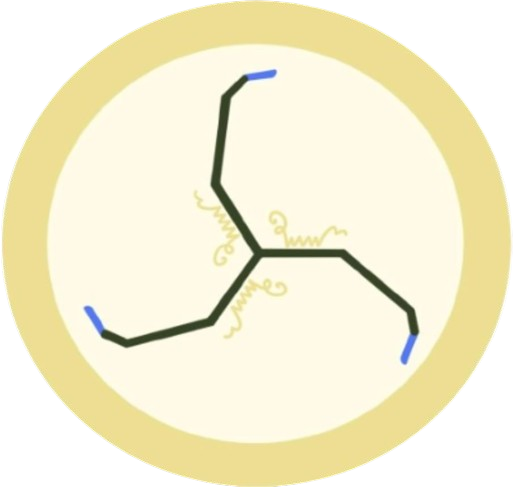For many millennia, people have wondered if we are alone in this universe. Given that our Milky Way Galaxy has 100 billion stars, and our Universe 100 billion galaxies, the probability of life elsewhere seems inevitable. Do you think we could discover life on another planet? More importantly, how do we find them even if they exist?
Future advances in astronomical observations might finally enable scientists to do unprecedented examinations of the atmospheres and surfaces of potentially habitable exoplanets in detail. One of the most exciting aspects of this is the identification of biosignatures, which are indications on a different planet that might suggest the presence of life.
What are Biosignatures?
Have you ever found an old, rusted coin on the ground? If so, you would have known immediately that a person had been in that area. In this case, a coin is not a person, but it’s something that is left behind by a person and can be used to learn more about this person. Many things are left behind by living beings, that identify them without the need for observation.
These are called “biosignatures”. A biosignature is any substance, element, molecule, isotope, or feature that can be used as evidence for life. Examples include leftover footprints, fossils, organic molecules, the presence of certain gasses in an atmosphere, or a body of water.
Progress in Biosignature Research and Interpretation
Scientifically, there is a probability that signs of life come from the life that produced it (biotic processes) or from abiotic processes. Thus, the challenge lies in identifying the cause of the biosignature.
Advancements in the field have helped to tackle this challenge. Since the publication of the Astrobiology Strategy by NASA in 2015, biosignature research has advanced in four main areas. These include finding new biosignatures that aren’t related to specific molecular makeups or life metabolisms, enhancing understanding of abiotic signatures that can mimic biosignatures, refining knowledge of biosignature properties, and developing a comprehensive framework to interpret potential biosignatures and abiotic signatures.
Advancements in Detection Methods
Technological advancements have been the key in the search for biosignatures. The JWST (James Webb Space Technology), with heightened spectroscopic capabilities, is at the forefront of this effort. Before the JWST, there was the Hubble Space Telescope. However, unlike Hubble’s singular mirror, JWST has 18 individual mirrors that render it a light-catching machine, allowing it to see the faintest objects into the earliest times of the universe, including far-off exoplanets. As of today, observations using this telescope have challenged many astronomical theories, and thus help in the search for biosignatures.
Current Findings and the Feasibility of Life on Exoplanets
Over 5000 exoplanets have been discovered, some being small and rocky, like the Earth. Biosignatures like water, energy, and particular chemical elements seem to appear on quite a few of their surfaces. However, no convincing evidence of technology or artificial signals has crossed our search. So, is there life beyond Earth? While there is no definitive answer, many scientists globally are designing better methods and instruments, to try and find concrete evidence on the matter.
In conclusion, the search for biosignatures in Exoplanets is an evolving field with rapid technological advancements as we are getting closer than ever to answering the question “Are we alone in this universe?”. While an ultimate conclusion hasn’t been found, the improvements in the detection of life beyond Earth promise hope for future solutions.
- Zinnia
Sources:
- https://astrobiology.nasa.gov/education/alp/what-is-a-biosignature/
- https://www.pnas.org/doi/full/10.1073/pnas.1304213111
- https://www.universetoday.com/163148/has-the-first-biosignature-been-found-on-an-exoplanet/#google_vignette
- https://nap.nationalacademies.org/read/25252/chapter/6#65
- https://www.google.com/amp/s/www.cbc.ca/amp/1.7260994
- https://science.nasa.gov/universe/exoplanets/life-in-the-universe-what-are-the-odds/
*Disclaimer: This article has also been posted to our Medium. NernstNaK is the rightful owner of this work on both our website and Medium, and thus stresses that there has been no plagiarism or copying on either account.*

